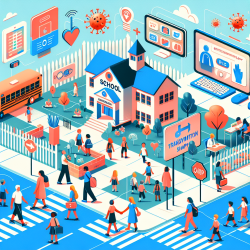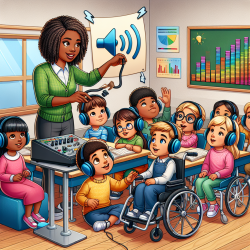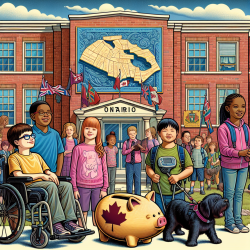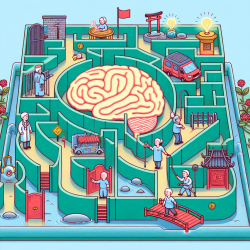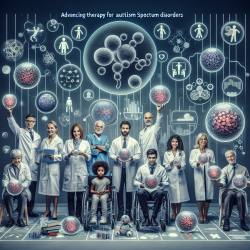Introduction
The COVID-19 pandemic has presented unprecedented challenges for schools worldwide, making it imperative to understand the role of educational institutions in the transmission of SARS-CoV-2. The research article "The role of schools in driving SARS-CoV-2 transmission: Not just an open-and-shut case" offers valuable insights into how schools can impact the spread of the virus. This blog post aims to help practitioners improve their skills by implementing research outcomes or encouraging further research.
Understanding School-Based Transmission
The study highlights that schools are not only centers for learning but also potential hubs for virus transmission. Early perceptions of limited school-based spread were based on several misconceptions:
- Children's perceived reduced susceptibility to infection.
- Lower infectiousness of children.
- Lack of identified transmission chains in schools.
- Similar infection rates between schools and communities.
These perceptions were undermined by methodological limitations and have been contradicted by ongoing research.
Methodological Limitations
The article points out several biases that led to underestimating the role of schools in virus transmission:
- Misclassification of infection status: Symptom-gated testing often misses asymptomatic cases, leading to underreporting.
- Selection bias: Opt-in testing and reduced access skew results.
- Logical fallacies: Absence of evidence is not evidence of absence.
Implementing Effective Strategies
Practitioners can implement several strategies to minimize school-based transmission:
- Improve Air Quality: Ensure proper ventilation and use high-quality filtration systems.
- Enforce Masking: Encourage the use of high-quality, well-fitting masks.
- Surveillance Testing: Implement regular testing with quick turnaround times.
- Community Support: Engage with the community to limit overall transmission.
Conclusion
By understanding the potential for schools to drive SARS-CoV-2 transmission, practitioners can implement science-driven interventions to keep schools open safely. The research provides a framework for developing effective strategies that protect students, staff, and the broader community.
To read the original research paper, please follow this link: The role of schools in driving SARS-CoV-2 transmission: Not just an open-and-shut case.
